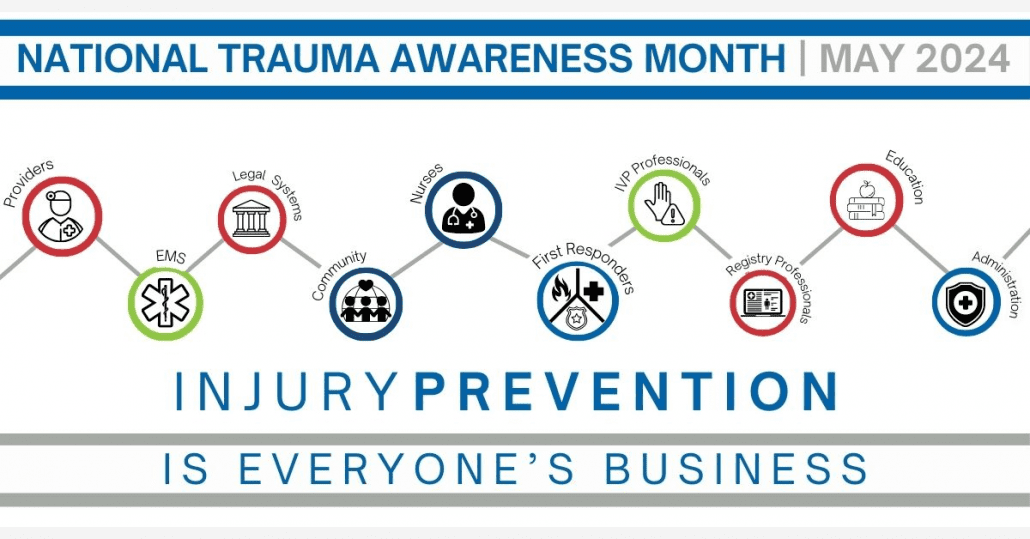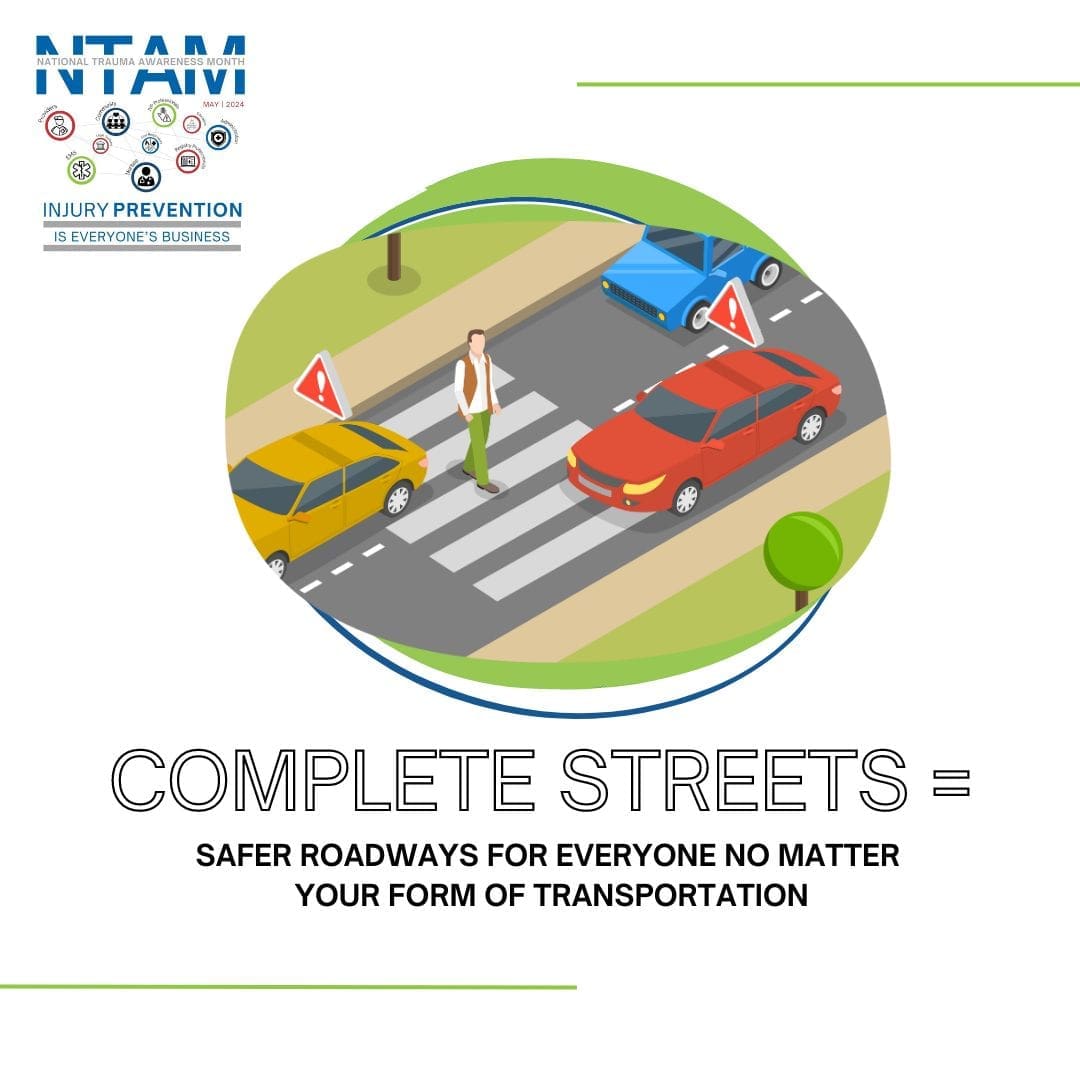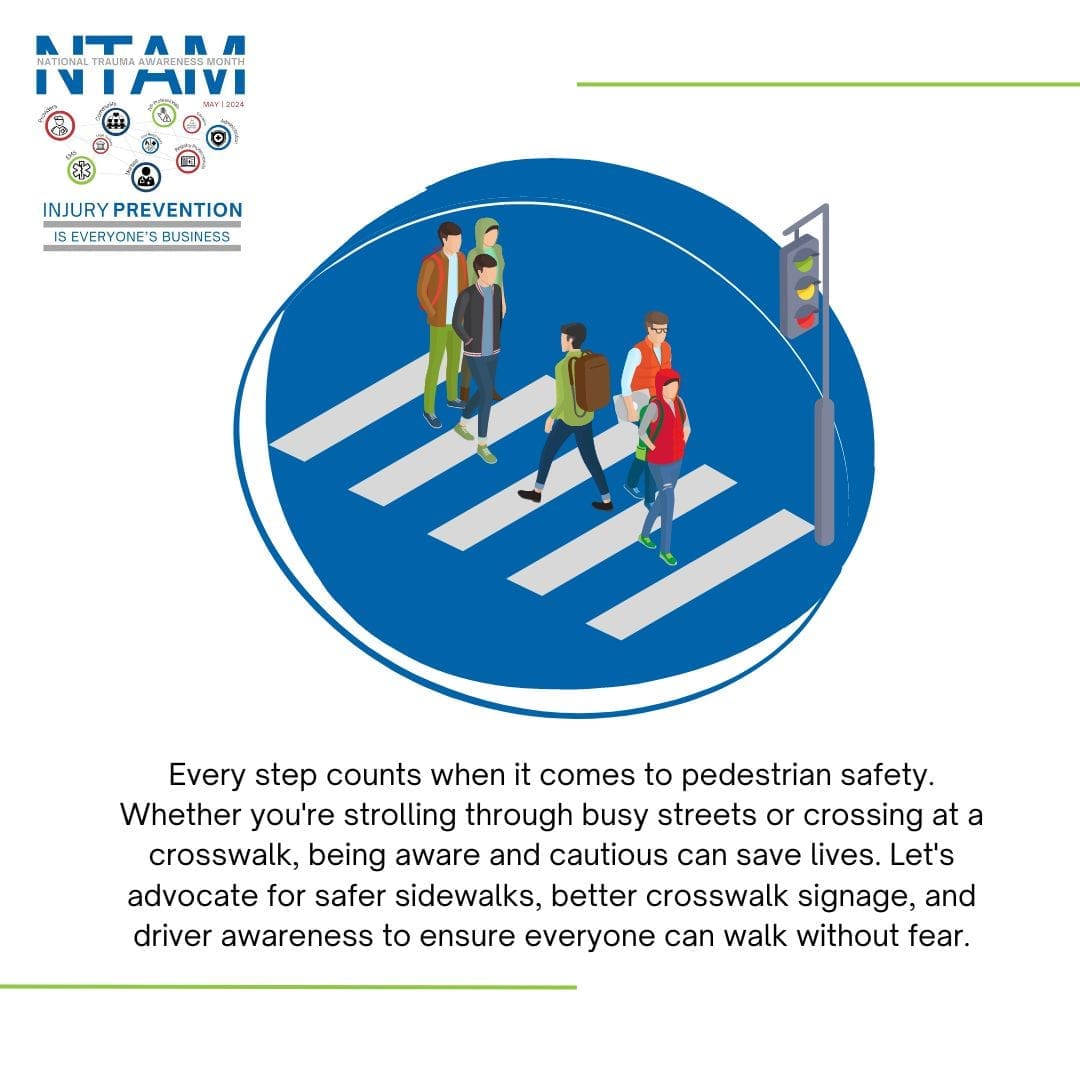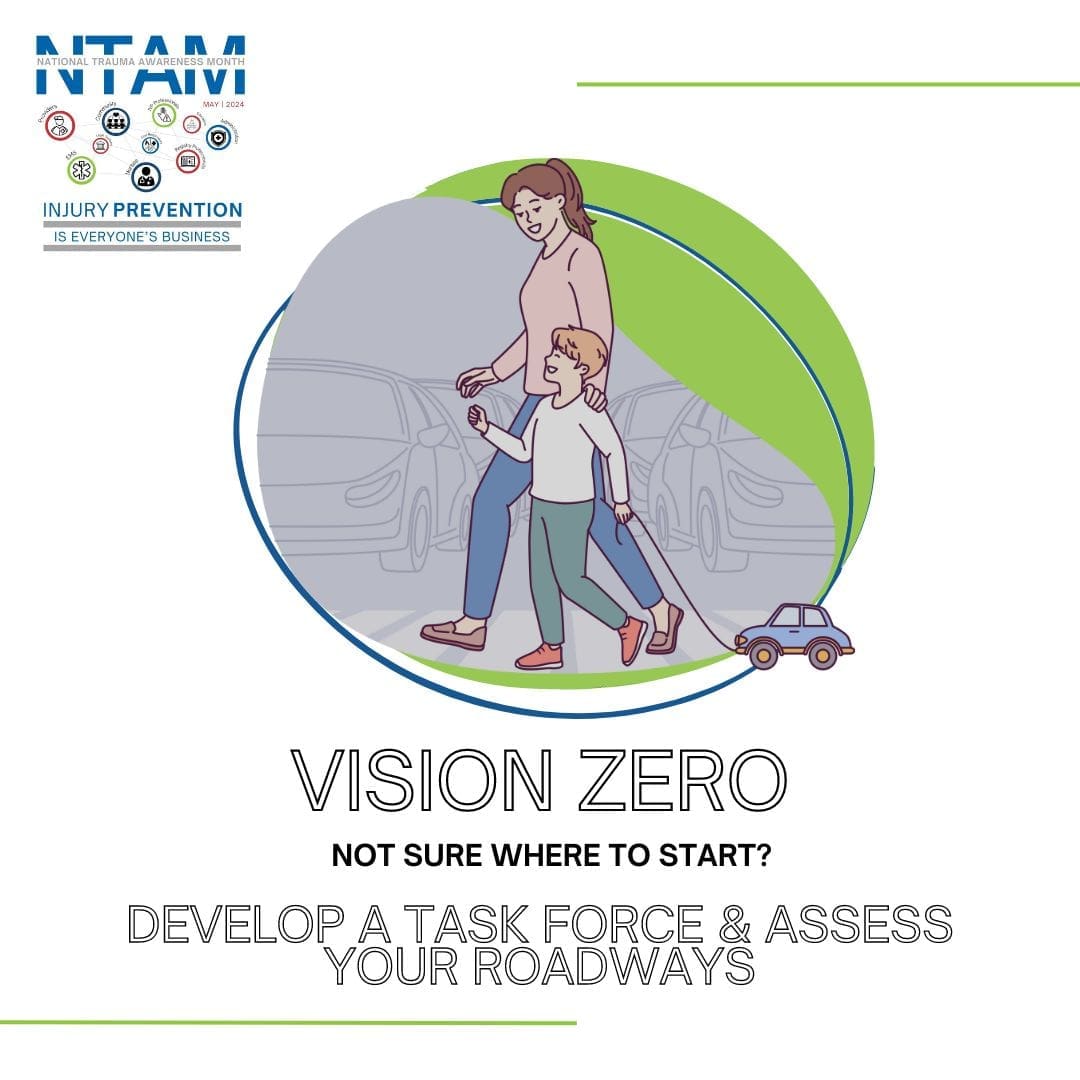National Trauma Awareness Month (NTAM) serves as a yearly initiative focused on advocating for injury prevention and safety protocols, aided by collaborators from the Trauma Prevention Coalition (TPC). This dedicated month-long campaign strives to involve individuals, communities, and organizations in endeavors aimed at decreasing injury rates and lessening their repercussions. The heightened emphasis on awareness-raising and bolstering prevention measures underscores its critical relevance in today’s context.
Ready to take your safety to the next level with injury prevention?
CraneWerks is here to provide custom solutions that meet your unique safety needs, even in challenging spaces.
Contact us today for a personalized consultation and quote. Let’s work together to transform your lifting capabilities, prioritize safety, and boost your bottom line. Don’t let space constraints limit your potential – reach out to CraneWerks now!
For more information:
Injury Prevention is Everyone’s Business
At CraneWerks, we are integrating the ethos of National Trauma Awareness Month into our organizational fabric. We prioritize safety and injury prevention within all of our operations. By aligning with the principles of NTAM, we demonstrate our commitment to promoting a culture of safety, both internally and within the broader community.
“Injury should never be a cost of doing business.” – National Safety Council (NSC)
The National Safety Council focuses on various safety topics to consider when addressing injury prevention: Musculoskeletal disorders, the introduction of new technologies, diversity, equity, and inclusion, COVID-19, mental health, impairment, fatigue, drugs at work, workplace violence, and slips, falls, trips, and falls. In 2022, the NSC found that the most prevalent workplace injury was musculoskeletal disorders.
Addressing Injury Prevention Together
Every year, National Trauma Awareness Month mobilizes individuals, communities, and the Trauma Prevention Coalition (TPC) to champion injury prevention and safety measures. This month-long drive zeroes in on slashing injury rates and lessening their consequences, underlining the increasing significance of raising awareness and backing preventive actions. TPC’s 2024 committee has built a focus on programs, partnerships, policies, and populations.
Programs
“Injury prevention programs play a crucial role in bolstering community support and well-being. In any community, the impact of injuries extends far beyond the individual level, affecting families, neighborhoods, and the overall social fabric.”
Some existing organizations The American Trauma Center recommends considering for injury prevention programs include the National Safety Council, Wear Orange, and the National Council on Aging.
Partnerships
Injury prevention initiatives are vital for enhancing community welfare and solidarity, recognizing that injuries reverberate beyond individuals, impacting families, neighborhoods, and societal cohesion.
“Partnerships play a pivotal role in the development and success of injury and violence prevention programs.” – American Trauma Society
Collaborative partnerships are essential for crafting effective injury and violence prevention strategies, underscoring their critical contribution to program success and efficacy. NTAM provides the Six Degrees of Cooperation, asking, “Who do you know? Who do they know?” It’s important to consider people that you know in working together to actively prevent injuries.
Policies
While personal behavioral changes and community-based interventions are vital, sustained progress in curbing injuries and violence necessitates systemic shifts at the policy level. Advocacy initiatives amplify the voices of those affected, raise crucial awareness, and rally support for evidence-based policies and regulations.
Policies encompass a broad spectrum, from enhancing safety standards in various industries and implementing stringent traffic laws to regulating firearm access and bolstering public health initiatives. By actively advocating for and implementing robust policies, individuals and communities can foster environments that prioritize safety, mitigate risk factors, and ultimately save lives.
Integrating advocacy and policy into injury prevention strategies isn’t just beneficial; it’s essential for instigating enduring, impactful change that benefits individuals, communities, and society as a whole. CraneWerks, alongside the American Trauma Society, encourage you to get involved in your community, engage with advocacy efforts, and contribute to shaping policies that safeguard our collective well-being. Together, we can create safer, healthier environments for everyone.
Population
Injury prevention encompasses efforts to reduce and, whenever possible, eliminate risks and hazards that jeopardize individuals’ safety, leading to both intentional and unintentional harm. Understanding the diverse contexts in which individuals live, work, and play is crucial, considering factors such as age, geographic location, and socio-economic status. Recognizing and addressing these risks is integral to effective injury prevention strategies, aiming to diminish the severity of trauma.
The Social Determinants of Health (SDOH), as defined by the Center for Disease Control, encompass non-medical factors that significantly influence health outcomes. These include the environments in which individuals are nurtured, develop, work, reside, and age, as well as the broader systems and influences shaping their daily living conditions.
An Effort Toward Building Safer Communities through Injury Prevention
As we delve into the intricacies of injury prevention, it becomes evident that our collective efforts are pivotal in fostering safer communities. By championing National Trauma Awareness Month’s mission, integrating advocacy and policy into our strategies, and understanding the social determinants of health, we pave the way for lasting change. Let us continue to collaborate, advocate, and innovate, striving towards a future where safety, well-being, and resilience define our communities. Together, we can build a world where injuries are minimized, lives are preserved, and every individual thrives in a secure environment.
Certain populations are stated to be particularly at risk, including those in specific geographic regions, LGBTQ individuals, pregnant women, survivors of domestic violence, pediatric patients, and seniors. Understanding these risk factors and addressing the underlying social determinants of health are essential components of comprehensive injury prevention efforts.










